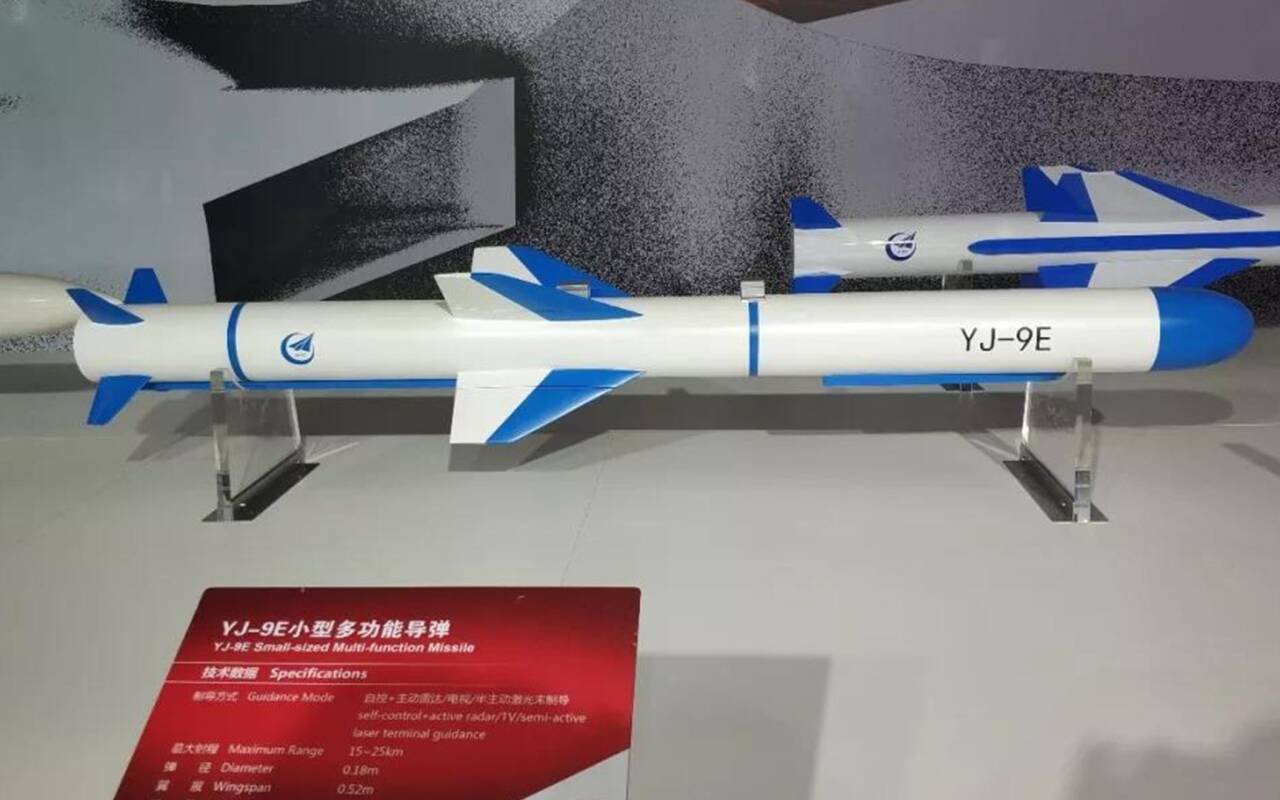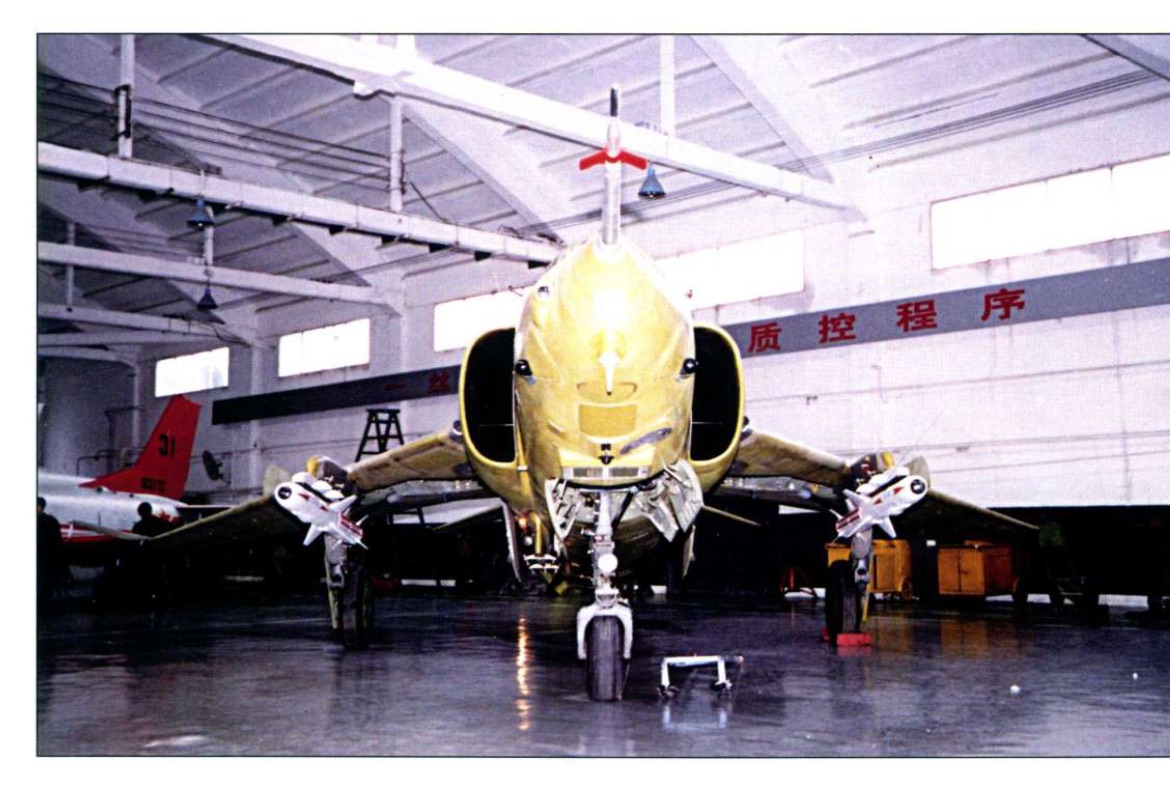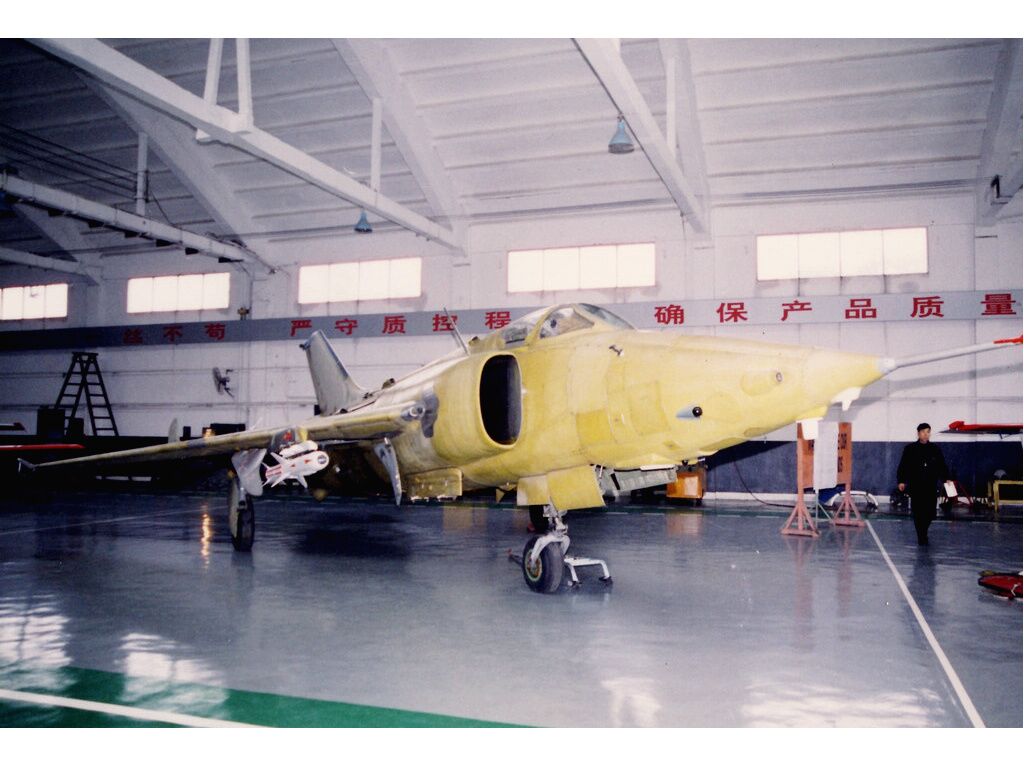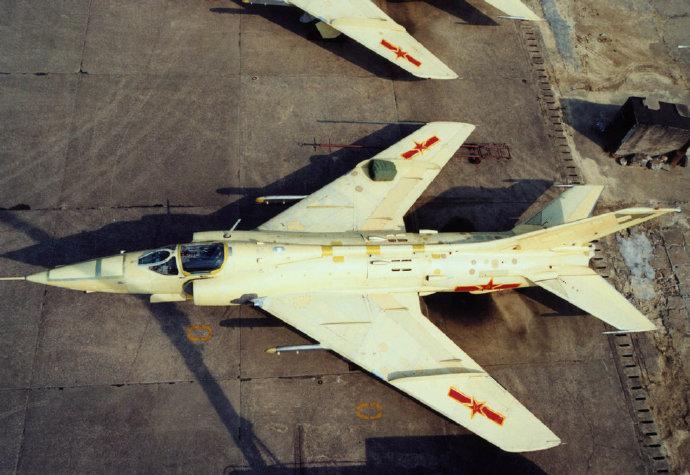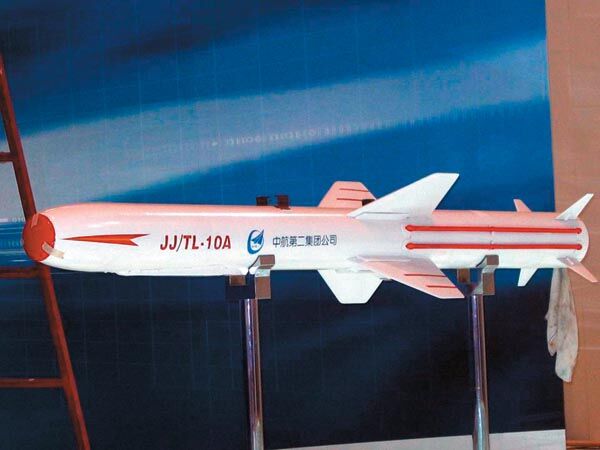- Yes
- No
Given the lack of air-to-air missiles, limited 18 large-caliber countermeasures, and only two deployable air-to-ground munitions per sortie, I believe its BR shouldn’t go above 11.0.
- 1.10.7
- 2.11.0
- 3.Not among them
Introduce
Spoiler
The Q-5, initially designated as “Xiongying 302” during its development phase, was a Chinese attack aircraft developed based on the J-6 fighter, incorporating Western-inspired attack aircraft design concepts. The aircraft replaced the Soviet-style nose air intake with two side-mounted air intakes, redesigned the fuselage structure for improved integration, added bulletproof armor, bulletproof glass, and bombing/gunnery sights, while retaining the J-6’s engine and tail design. Externally, the Q-5 appeared as a combination of a newly designed forward fuselage mated to the J-6’s engine and rear section.
After finalizing the preliminary layout in 1958, a wooden prototype was completed in Shenyang that November. By 1960, design drawings, calculations, and 80% of components for three prototypes were finished. Production later shifted to Nanchang Aircraft Manufacturing Factory.
At the August 1961 Beidaihe conference of the Commission of Science, Technology, and Industry for National Defense (COSTIND), the program was suspended, leaving only 14 personnel including Lu Xiaopeng to continue development. Work resumed in late 1962.
The first prototype was assembled by July 1963, with successful maiden flight achieved on June 5, 1965. After state certification, limited production of 10 aircraft was authorized in 1966. Following further testing, the Q-5 entered mass production in 1968 with approval from the Central Military Commission and China’s national leadership, becoming the PLAAF’s primary attack aircraft and marking China’s breakthrough in indigenous supersonic jet attack aircraft development.
In the 1970s, China began researching laser-guided bombs but progressed slowly. By the 1990s, inspired by the effectiveness of precision weapons in modern conflicts, the PLAAF accelerated development of guided munitions. On December 18, 1996, COSTIND approved the laser-guided bomb system development, comprising bombs, airborne laser targeting pods, ground-based laser designators.
The Q-5 series had evolved through multiple variants including the Q-5D, developed from the CC Project (Q-5 upgrade with domestic navigation/attack systems). Following the Q-5I’s certification in 1984, further improvements incorporated a Doppler navigation/bombing system. The CC Project integrated a domestic HUD and air data computer by 1992, though not widely deployed.
The Q-5D specifically addressed navigation and range limitations by adding a DG-1 Doppler/GPS integrated navigation system, enlarged 2×1,140L drop tanks, and 4×250kg bomb capacity. It incorporated seven new systems including Doppler radar, navigation computers, and GPS antennas, significantly enhancing navigation accuracy and combat radius. Becoming the primary Q-5 variant in service, its development was approved in November 1996, with first flight on July 22, 1997 (test pilot Zheng Jinliang), entering service from 1998.
(Q-5D photo)
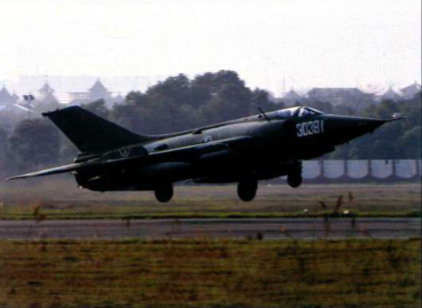
The Q-5F variant, derived from the Q-5D, featured a dedicated pylon for laser targeting pods. First flown on August 2000, it enabled laser designation for precision weapons when paired with Q-5E or other platforms. The Q-5E variant focused on laser-guided bomb carriage capabilities.
The Q-5F shares minimal differences with the Q-5D. Key upgrades include the addition of a laser targeting pod, along with improvements to the fire control system, display systems, data bus, and dual-control stick system, while other equipment underwent adaptive modifications.
Powerplant:
Powered by two WP-6A turbojet engines, the Q-5F achieves a maximum speed of Mach 1.2 and a maximum takeoff weight of 11,830 kg.
Armament:
- 2 × 23mm cannons.
- A ventral hardpoint capable of carrying 4 × 250 kg bombs (inherited from the Q-5D).
- Two main wing hardpoints, each capable of mounting:
- JJ/TL-10A Multi-role Missile (unique to the Q-5F),
- 90-1 or 130-type rocket pods,
- Alternatively, external fuel tanks.
Distinctive Features
- The Q-5F’s tail lacks an IFF antenna but is equipped with dual-warning antennas.
- The JJ/TL-10A Multi-role Missile stands out as the Q-5F’s signature weapon.
Actually, this missile is the YJ-9E. It was initially designated under a different name in its early stages and have been deployed on the Q-5F for testing purposes.
It features:- A TV-guided seeker / An active radar seeker / A semi-active laser terminal guidance
- Total weight: 105 kg(warhead: 30 kg)
-The missile warhead can be replaced with a semi-armor-piercing warhead / penetration warhead / blast warhead.- Range:
15 km (against warships, ground vehicles/armored targets, helicopters)
25 km (against fixed-wing aircraft, UAV)
- Range:
- Solid-fuel rocket engine,
- Maximum speed: 0.7 Mach.
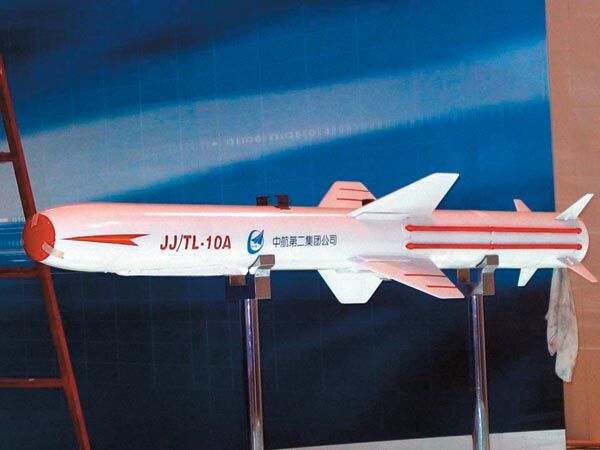
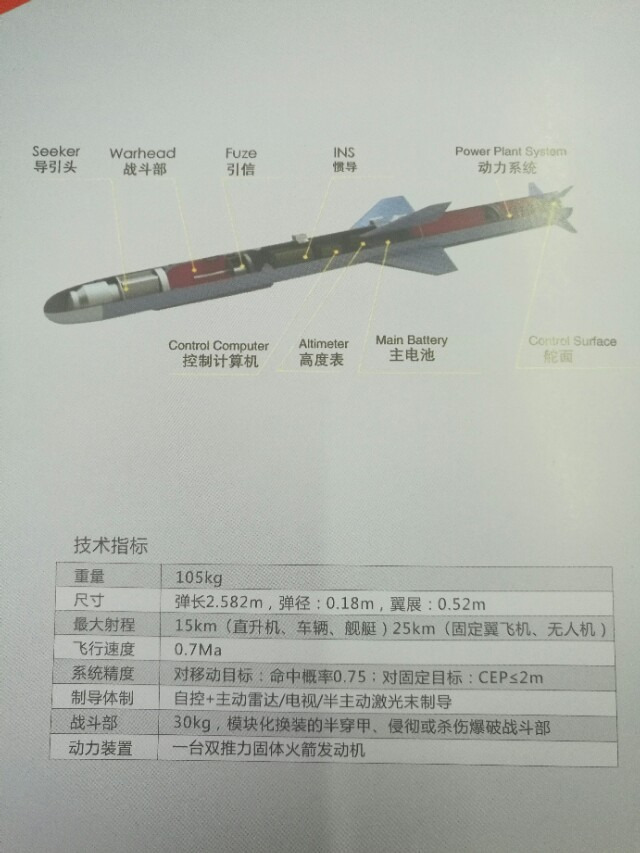

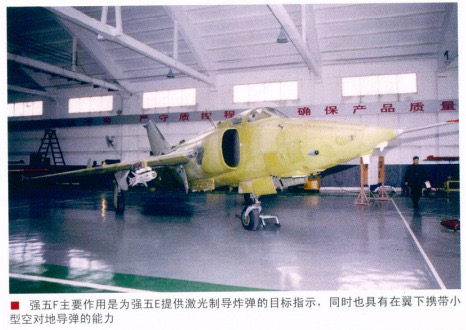
Specification
Aircraft Basic Specifications
Spoiler
- Crew:1
- Engine Model: WP-6A
- Maximum Speed: Mach 1.2
- Wingspan: 9.70 m
- Length 16.73 m
- Height: 4.51 m
- Wing Area 27.95 square m
- Main Wheel Track: 4.40 m
- Front Wheel Track: 4.10 m
- Empty Weight: 6,375 kilograms
- Maximum Takeoff Weight: 11,830 kg
- Service Ceiling: 16,500 m
Weapon Specifications
Spoiler
- 2 × 23mm Cannons
- 1 × Laser Targeting Pod
- 2 × JJ/TL-10A Multi-role Missile
- 4 × 250-2 Bombs
- 4 × 250-3 Bombs
- 2 × 130-1 Rocket Pods
- 2 × 90-1 Rocket Pods
- 2 × External Fuel Tanks
Survivability
18 × Large-Caliber Countermeasure Flares
Photo
Sources:
Spoiler
https://zhuanlan.zhihu.com/p/436969244
https://mil.news.sina.com.cn/zhengming/2020-12-14/doc-iiznezxs6812631.shtml
魏刚, 陈应明, 张维. 强5E/F[M]//中国飞机全书 第3卷. 北京: 航空工业出版社, 2011.10: 157
[1]老毕,刘明.东风乍起——强五传记[J].海陆空天惯性世界,2013,000(001):65-83.
老毕, 刘明. 东风乍起中国强5强击机传记[J]. 海陆空天惯性世界, 2016(7):48-67
环球飞行杂志社. 强5系列飞机[M]//中国飞机(珍藏版). 北京: 环球飞行杂志社, 2009.11:388-390
